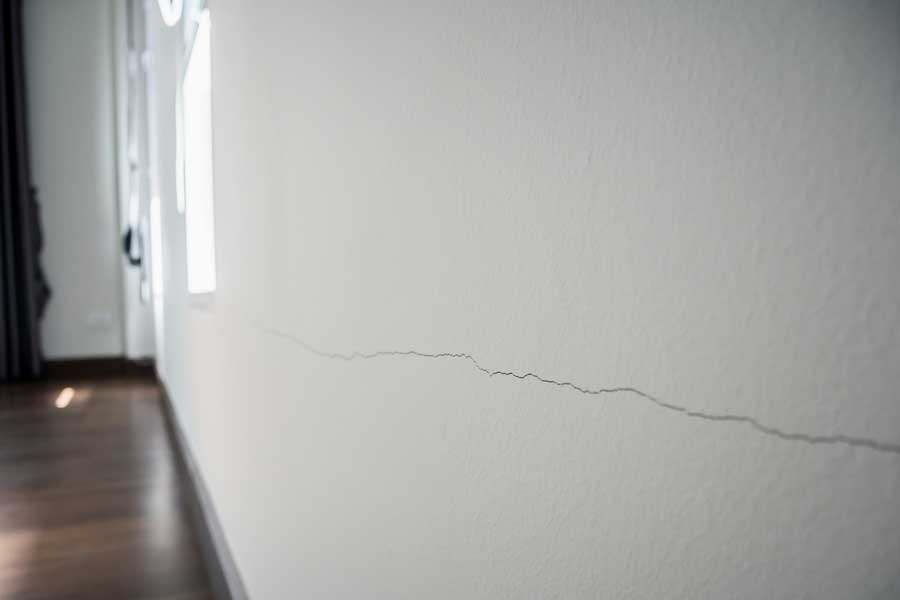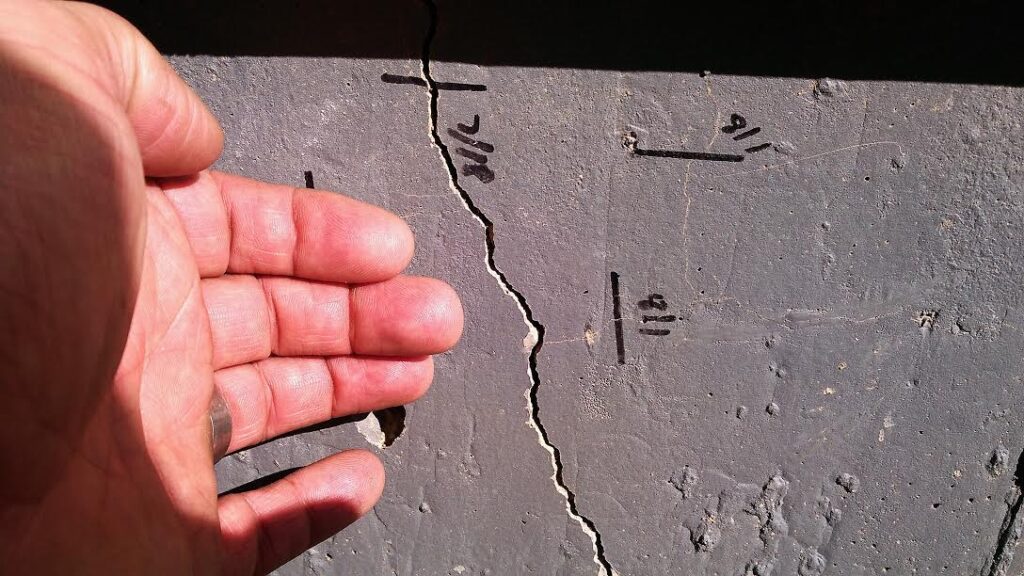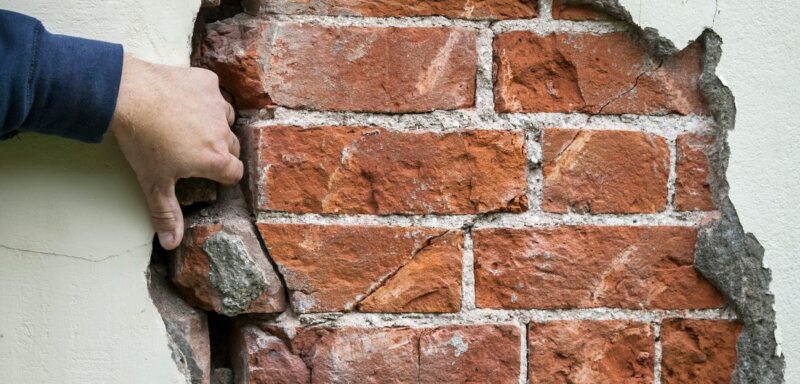Foundation cracks can be a common occurrence in many homes, but its essential to differentiate between structural and non-structural cracks. Identifying the type of crack is crucial in determining the necessary steps for repair and maintenance.
In this article, we will explore some key tips to help you distinguish between structural and non-structural foundation cracks. By understanding the signs and characteristics of each type, you can effectively assess the condition of your foundation and take appropriate action to ensure the stability and safety of your home.
Understanding the Differences Between Structural and Non-Structural Foundation Cracks

Understanding the differences between structural and non-structural foundation cracks is essential for homeowners looking to address foundation issues promptly and effectively. Structural cracks are typically wider than non-structural cracks and may be accompanied by other signs of foundation damage, such as sloping floors or sticking doors and windows.
These cracks can indicate a more serious problem with the structural integrity of the foundation and require immediate attention from a professional foundation repair specialist. On the other hand, non-structural cracks are usually smaller in size and are more commonly caused by minor settlement or shrinkage of the concrete.
While non-structural cracks may not pose an immediate threat to the stability of the foundation, it is still important to monitor them and address any underlying issues to prevent them from worsening over time. By understanding the differences between these types of cracks, homeowners can make informed decisions about how to best address foundation issues and protect their homes from further damage.
1. Signs of Structural Damage in Foundation Cracks

Signs of structural damage in foundation cracks can include horizontal cracking, stair-step cracking, or cracks wider than a quarter of an inch. These types of cracks may indicate a more serious problem with the foundation that requires professional inspection and repair.
Additionally, cracks that are accompanied by other signs of foundation issues, such as uneven floors or windows that are difficult to open or close, should be taken seriously. Its important to address these signs promptly to prevent further damage to the structure of the building.
If you notice any of these signs in your foundation, its best to consult with a foundation repair specialist to assess the extent of the damage and determine the best course of action to address the issue.
2. Tips for Identifying Non-Structural Foundation Cracks
Identifying non-structural foundation cracks can be a daunting task, but with these helpful tips, you can differentiate between harmless cosmetic cracks and serious structural issues. One key indicator is the width of the crack – typically, if the crack is less than a quarter of an inch wide, it is likely non-structural.
Another clue is the direction of the crack; horizontal cracks are often a sign of non-structural settling, while vertical cracks may indicate a more serious problem. Additionally, examining the location of the crack can provide valuable insights; cracks near windows or doors are often non-structural, while cracks running through the center of the foundation may be cause for concern.
By paying attention to these key factors, you can confidently identify non-structural foundation cracks in your home.
3. Importance of Properly Identifying Structural vs. Non-Structural Foundation Cracks
 It is vital to properly identify whether foundation cracks are structural or non-structural as it can significantly impact the safety and stability of a building.
It is vital to properly identify whether foundation cracks are structural or non-structural as it can significantly impact the safety and stability of a building.
Structural foundation cracks can indicate serious issues with the integrity of the foundation, requiring immediate attention and potentially costly repairs. On the other hand, non-structural cracks are often cosmetic and do not pose a threat to the structural integrity of the building.
By accurately identifying the type of crack, homeowners and property owners can prioritize and address necessary repairs promptly, ensuring the longevity and safety of their structure. Recognizing the difference between structural and non-structural foundation cracks can ultimately save time, money, and prevent potential safety hazards in the long run.
4. Common Causes of Structural and Non-Structural Foundation Cracks
There are various common causes of both structural and non-structural foundation cracks that homeowners should be aware of. Structural foundation cracks typically occur due to issues such as soil movement, poor construction practices, excessive moisture, tree roots, and seismic activity.
On the other hand, non-structural foundation cracks are often the result of minor settlement, temperature fluctuations, concrete shrinkage, or surface water drainage problems. Identifying the cause of foundation cracks is crucial in determining the appropriate course of action to prevent further damage and protect the integrity of the homes foundation.
Conclusion

In conclusion, identifying whether a foundation crack is structural or non-structural is a crucial step in maintaining the stability and integrity of your home. By following the X tips outlined in this article, homeowners can confidently assess the severity of foundation cracks and take appropriate actions to address any underlying issues.
Its important to remember that addressing foundation issues promptly can help prevent further damage and costly basement foundation repairs in the future. Regular inspections and proactive maintenance are key to ensuring the longevity of your homes foundation.


